Long ago when all human cultures around the world were fully interdependent with the natural world, their survival depended on their knowledge of and relationship with the environment around them, the quality of the soil, the weather patterns, and the growing cycles. Not only did we rely on mother nature to provide nourishment and resources needed for shelter, we also turned to the verdant bounty all around us to to help heal our ailments, aches, and pains.
Through the knowledge gained from our elders, we learned which plants could help with infections, and which ones eased pain. Some plants could be rubbed on the gums to numb a toothache, some brewed as a tea to quell a queasy stomach, while others were turned into poultices, or compresses to heal burns or fight fevers. What the healers understood of the plants around them became the foundation of modern medicine, naturopathy, homeopathy, and pharmacology.
Of course we should be thankful for the convenience and efficacy of the pills, creams, and tinctures that have been developed since, but there is also something to be said for continuing to honor the ease and simplicity of the natural wellness path for our more commonplace bodily complaints.
7 Easy-To-Grow Medicinal Plants
We’ve put together a list of a few easy-to-grow medicinal plants that you can keep indoors or grow in your garden, and the ways you can put them to use whenever you’re feeling poorly.
*Note: if you are pregnant or breastfeeding, it’s recommended to consult with your health care professional before taking any herbal supplements or remedies.
1. Chamomile
This sweet daisy-like wild flower is not only loved by bees and butterflies (which also makes it perfect for your outdoor garden bed!) but has long been a favorite go-to medicinal plant, widely used around the world for its ability to help with sleep disorders, stomach and digestive issues, and menstrual cramps. It is even shown to offer some protection against cancer. The essential oil of chamomile is also used for its relaxation properties.
Plant your chamomile in a clay pot and keep it in a south facing window, and water regularly. Use your fresh flowers to brew up some tea whenever you have tummy troubles, menstrual cramps, or trouble sleeping (brew 3-4 Tbsp of fresh flowers to 8oz water). The added bonus of growing this indoors is that it will also scent the air of your home, lending those additional stress-busting benefits.
2. Echinacea
Otherwise known as the purple coneflower, echinacea has been used traditionally as an anti-inflammatory, antioxidant, and antiviral medicinal plant. It is also a great cold remedy, effective in soothing sore throats and coughs, while boosting immunity to help shorten the duration of viruses. It’s also helpful in treating infections (urinary tract, yeast, ear aches, athlete’s foot), so it’s a powerful healing plant to have around.
Like chamomile, these coneflowers are great to add to outdoor flower beds, but if necessary can also be grown in pots that are set in full sun. The flowers, leaves, and roots, are all safe to eat, and can be prepared as medicines in different ways, from teas to tinctures.
3. Peppermint
There’s a reason why mints are often served at the end of meals. Peppermint has amazing digestive benefits, helping with irritable bowel syndrome, nausea, and tummy upset. It’s also said to help with headaches, and to manage symptoms of colds and flu.
Mint loves to grow wild, and it doesn’t really care where. If you plan on cultivating it outdoors, know that it spreads like wildfire—so unless you want an entire garden filled with mint, keep it relegated to pots. Indoors, it likes a sunny spot and regular watering. Pinch off a bundle of leaves and chop into your salad, or brew it loose-leaf after meals to help aid digestion. If you have a sore throat or are generally feeling nauseous, the leaves can be chewed directly.
4. Holy Basil (Tulsi)
Tulsi has been used as a primary healing herb in Ayurvedic medicine in India for thousands of years. It is considered an “adaptogenic” plant, effective in fighting the damaging chemical/hormonal effects that stress has on the body.
It’s used to fight colds and flu, as well as asthma, bronchitis, earaches, headaches, fevers, stomach aches, and is even used topically as a mosquito repellant! Years ago in one of my yoga training I learned that Buddhist monks often drink Tulsi tea before long sessions of silent/still meditation as it also has sedative properties which help to settle the body and mind.
Tulsi plants may be more difficult to find locally, but it can be grown from seed indoors. Like the other medicinal plants mentioned, it works well in a pot in a sunny, warm location. The leaves can be harvested, and like mint, used loose-leaf for teas after meals or in the midst of colds and flu season. If you are feeling frazzled or agitated, or suffering from the ill effects of stress, drink it for it’s calming benefits.
5. Aloe
One of the most useful plants to have around for topical or skin issues is aloe. It’s a member of the succulent family, and has thick, robust leaves that are filled with a gel that has been shown to have anti-inflammatory, anti-bacterial, and anti-viral qualities.
Harvesting the gel takes a bit of know-how, but once you’ve figured it out, it’s the perfect ointment to use for any skin lesions, burns, or cuts that you’re looking to heal. In the summer, it’s the go-to after-sun soother.
Aloe grows very well indoors and is one of the most low-maintenance plants I’ve ever owned. Find aloe at your local nursery, and plant it in a natural, unglazed clay pot with soil meant for succulents so that it will receive the drainage needed to prevent root rot.
You’ll want to keep the soil dry for 2-3 weeks at a time, followed by a heavy and thorough watering (this will mimic the conditions of the desert—drought followed by brief but torrential rains.) Place your plant in a bright spot in your home, but out of harsh direct sunlight.
The aloe plant will eventually create “offset” plants, smaller shoots which can then be cut off, dried for a day or two, and then repotted in the same way as your original plant. Wait a few days before watering your newly potted aloe.
6. Sage
If you’re not already growing sage as an herb for your pastas and roasts, or to dry and tie up into bundles for energy-clearing smudge sticks, consider growing it as an herbal medicine. In Latin, sage is salvia which means salve. It is most commonly used for digestive problems (gas, stomach pain, diarrhea, bloating, poor appetite, indigestion), but it also works well as an analgesic.
In the case of cold sores, irritated gums, mouth pain, sore throat, or swollen tonsils, sage can be consumed or applied directly to the site. It also works well as a tea, or a gargle. Note that sage tea is rather bitter and strong, so adding honey (also great for coughs and sore throats) and a squeeze of lemon (vitamin C!) helps you get it down.
Sage is easy to find, and grows very well in either indoor pots or herb gardens. If you are growing sage outdoors and want to use it over the winter, harvest your fall leaves as they equally effective when dried.
7. Calendula
Often referred to as the pot marigold, calendula is a beautifully bright orange flower that can be used extensively in your herbal first aid kit. With anti-inflammatory, anti-fungal, anti-viral, and antibacterial qualities, it works wonders as a healing salve for skin ailments.
When my son was a baby, I often used natural calendula in creams for his diaper rash. It can also be used to heal stubborn wounds, to help with heamorrhoids, for eczema and acne, and to soothe burns and ulcers, reducing pain and swelling.
Both fresh and dried flowers of calendula are useful, so either grow them indoors to use fresh all year round, or harvest them from your garden at the end of the growing season. Here is an excellent run down of how calendula can be prepared and used as a poultice, as a compress, in oils, lotions, or creams, in a bath or soak, or as a salve.
Planting an outdoor healing garden, or building a collection of potted medicinal plants and herbs, is a great way to beautify your home environment with some lush greenery, as well as explore new ways to incorporate some natural, homegrown TLC into your existing health care regimen.
10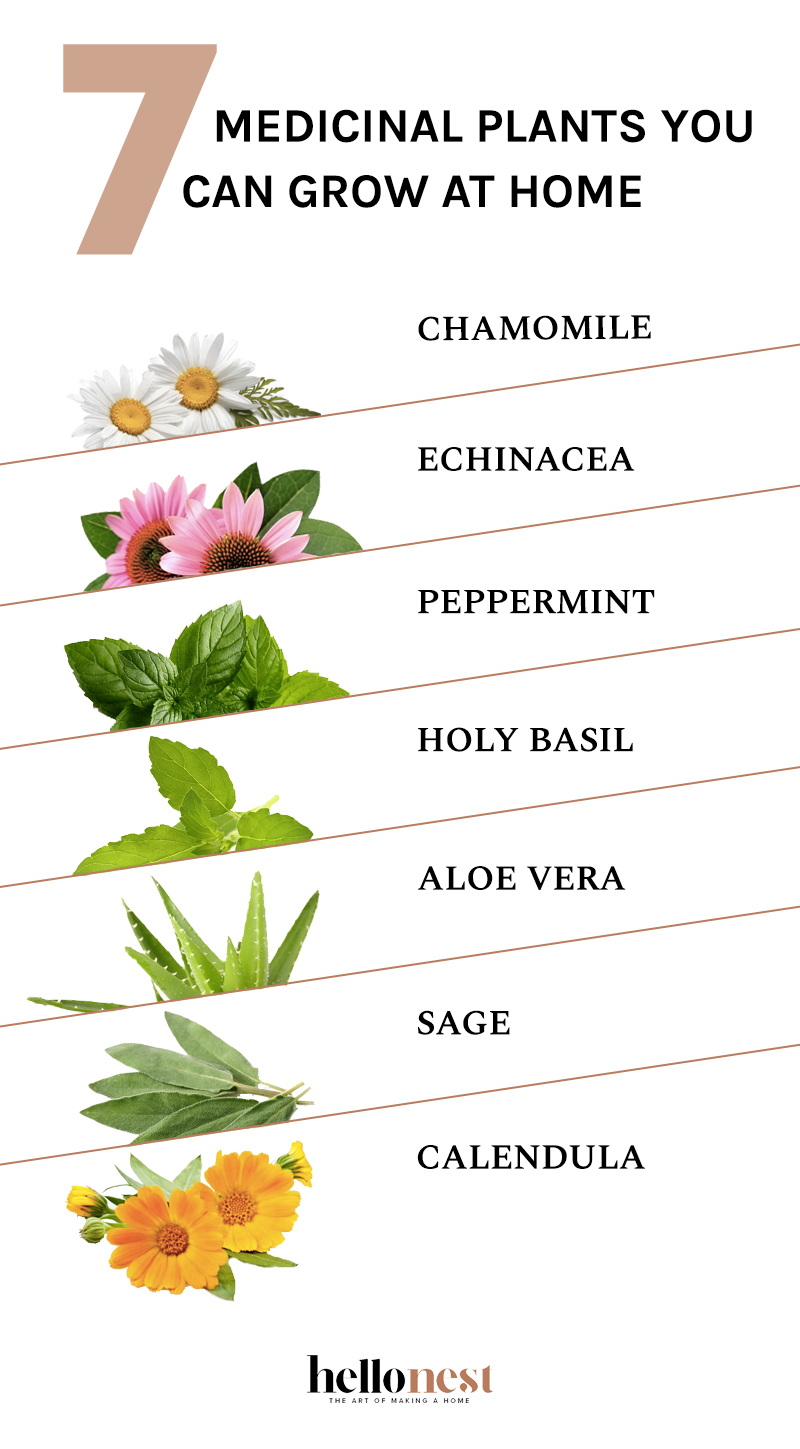
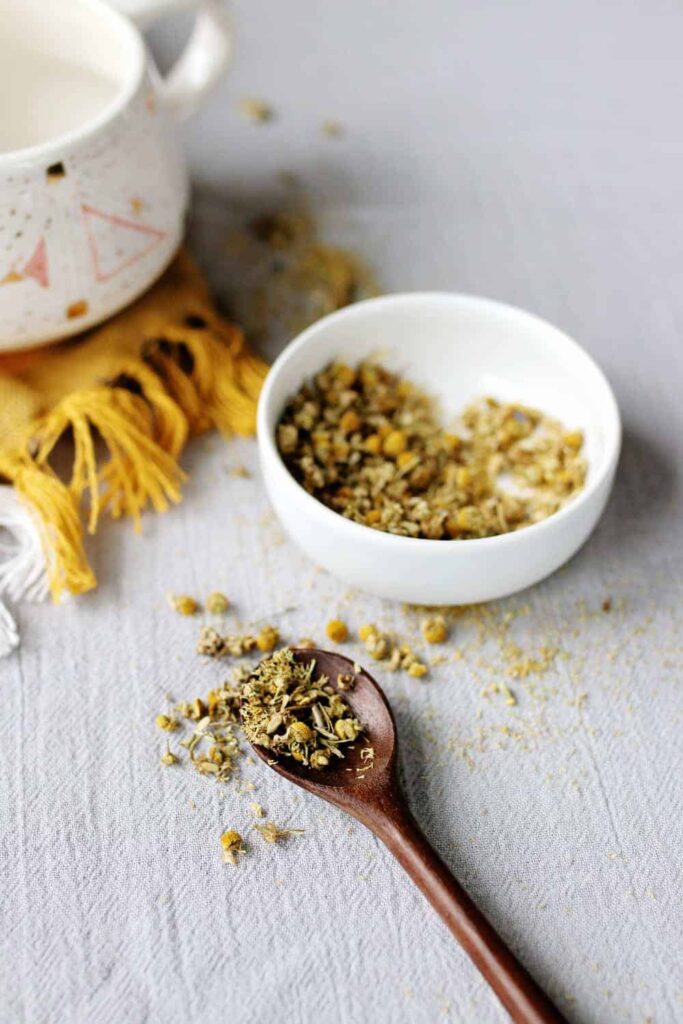
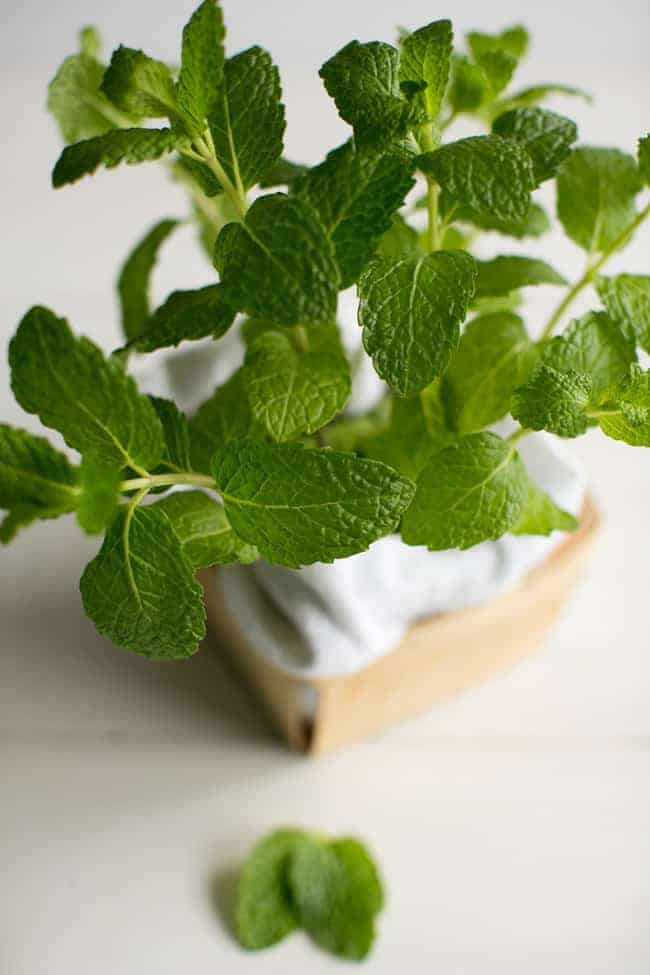
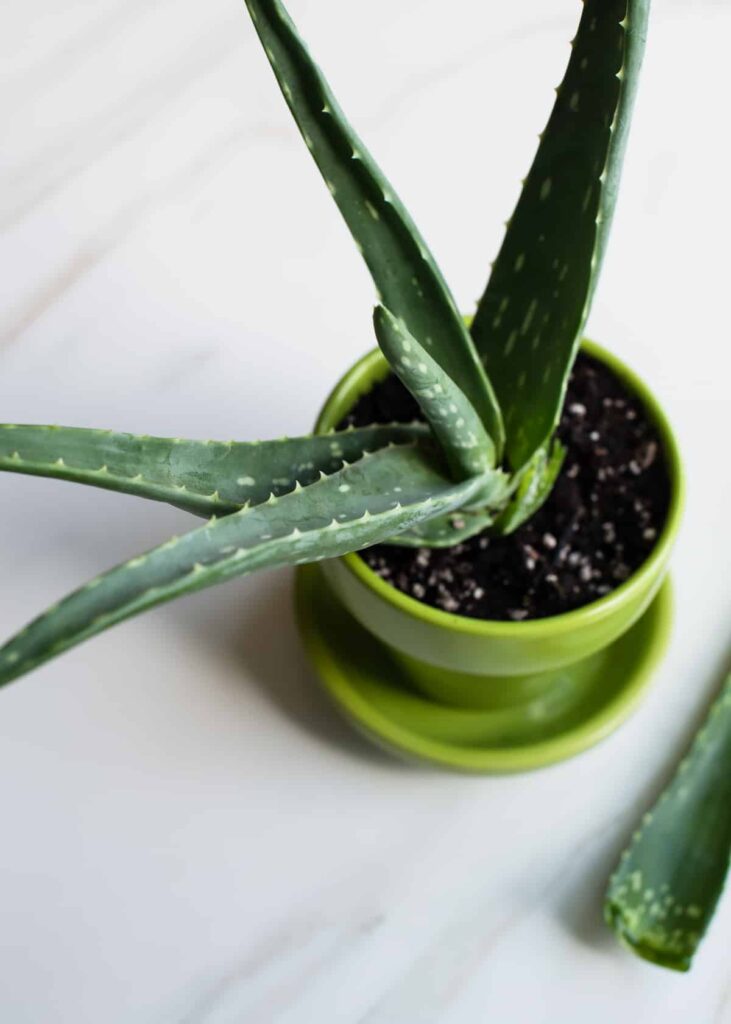
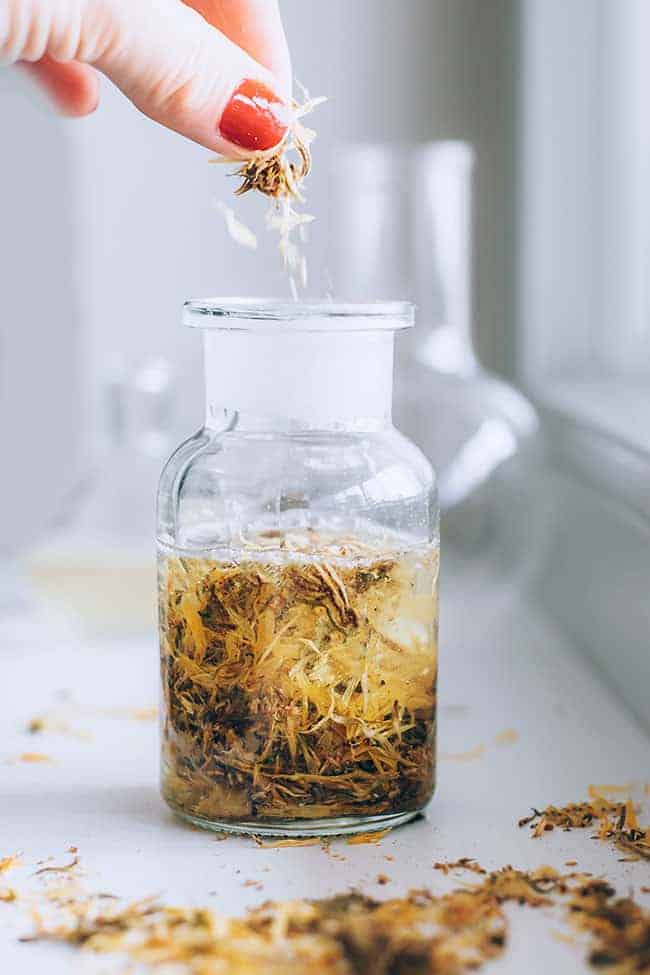
Leave a Reply